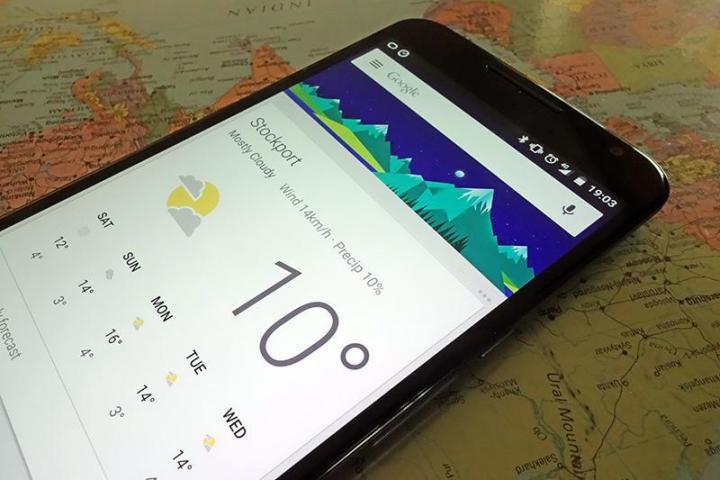
Google, specifically, is adding an inconspicuous tag to articles from smaller publications which show up in search. Browse a national story on the iOS and Android Google News & Weather app, or Google News on the web, and you’ll see “Local Source” designation next to regional publications (tag targets are identified “automatically,” Google says, based on the publisher’s past and present story locations).
“Local news publisher play a critical role in covering the stories that impact us every day in our cities, schools and neighborhoods,” said Google News product manager James Morehead in a blog post. “The local section in Google News surfaces content from regional papers to hyperlocal blogs that otherwise wouldn’t appear in national news.”
The tags begin rolling out today.
Google’s no stranger to hyperlocal news aggregation. Way back in 2011, the search giant launched “News Near You,” a service that used your smartphone’s GPS and cellular network location to surface geographically relevant articles in search. And in 2013, Google began testing a feature in Google Now, its intelligent assistant for Android, that collated regional content about local businesses and events based on the time of day and other contextual variables.
But Google’s not the only one. There’s been a resurgence of tech industry interest in hyperlocal news lately, perhaps epitomized by New York city-based startup Blockfeed. The app, which launched last summer, parses news from blogs, newspapers, and social networks, and uses geo-positioning techniques and social media metrics to serve up useful content. Meanwhile, tech giant Facebook is expected to launch a hyperlocal edition of its Instant Articles platform in the coming months.
If the high-profile collapses of AOL’s Patch network and EveryBlock taught us anything, hyperlocal news aggregation and content creation isn’t easy. But perhaps armed with the knowledge of past failures, Google, Blockfeed, Facebook, and others will find success where the niche’s pioneers didn’t.
Editors' Recommendations
- A new Google Pixel Tablet is coming, but it’s not what you think
- What is Google Assistant? Here’s the guide you need to get started
- All the new Chromebook features quietly announced at Google I/O
- Google Pixel 6 vs. Apple iPhone 13: Is Google’s new flagship an Apple eater?
- Google’s Pixel 6 features new Pixel Pass subscription service to rival Apple One


